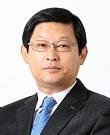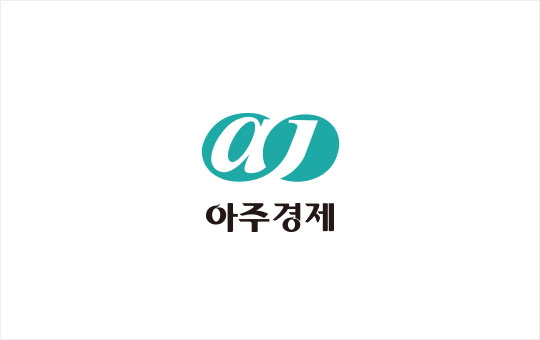 Park Won-jae
Park Won-jaeSEOUL, October 20 (AJP) - Yeosu, once the beating heart of South Korea’s petrochemical industry, is now a city under strain. The port, long fueled by the hum of factories and refineries, has fallen quiet as China’s self-sufficiency in ethylene production upends the regional industrial order.
Roughly three years ago, Beijing achieved full domestic production of ethylene, the cornerstone of plastics and other chemical materials. The effects on Yeosu were swift and severe. Major producers such as LG Chem and Lotte Chemical have idled parts of their facilities. In August, Yeochun NCC — a joint venture between these giants — faced liquidity problems, a troubling sign for an industry that once symbolized Korea’s manufacturing prowess.
The fallout has rippled across the city. The Yeosu Industrial Complex employs about 42 percent of the local workforce, but its slowdown has left small businesses gasping for air. Restaurant closures have now outpaced those seen during the pandemic.
Storefront vacancies in downtown Yeosu have soared from 12 percent to 35 percent in just one year. A recent report by Boston Consulting Group even recommended closing two or three of the city’s seven ethylene plants — a prospect that has left local entrepreneurs and workers bracing for deeper economic pain.
Yeosu’s struggle is emblematic of a larger story: China’s industrial ascent is reshaping Asia’s economic hierarchy. Across industries — steel, displays, shipbuilding, automotive parts — South Korea’s once-secure dominance is eroding. Even in high-tech sectors where Seoul has prided itself on innovation, such as semiconductors and smartphones, China’s rapid advances are unsettling.
Fueled by the state-led Made in China 2025 initiative, Beijing’s ambitions have translated into dominance across key emerging technologies. Chinese electric vehicle maker BYD sold more than twice as many cars as Tesla last year, capturing nearly 60 percent of the global EV market. In solar panels, industrial robots, and drones, China holds commanding positions. DJI alone produces 94 percent of the world’s drones. Despite American sanctions, Huawei has secured nearly 10,000 5G patents — more than Qualcomm.
South Korea, meanwhile, finds itself squeezed. Its export-dependent economy remains deeply tied to China, even as Chinese competitors eat away at its market share. BOE, a Chinese display manufacturer, now leads a sector once considered a Korean stronghold. In batteries, China’s CATL has surged ahead of South Korea’s top three producers, undermining one of Seoul’s most promising growth engines.
The challenge extends to heavy industry. China now produces more than 55 percent of the world’s steel — and increasingly, with technology that rivals or exceeds South Korea’s. This has eroded profits at companies like POSCO and Hyundai Steel. In semiconductors and shipbuilding, too, China’s aggressive expansion is narrowing Korea’s once-comfortable lead.
The traditional trade order in East Asia — in which South Korea and Japan exported high-end components for China to assemble and re-export — is rapidly fading. As China’s technological capacity surpasses its neighbors’, Seoul and Tokyo are exploring new avenues of cooperation to adapt to a transformed industrial landscape.
China’s experience offers both a warning and a lesson. The Made in China 2025 strategy demonstrates how sustained, state-driven industrial policy can elevate an economy to global leadership.
But for South Korea, simply emulating Beijing’s model is not the answer. Korea’s strengths lie in its dynamic private sector, global openness, and capacity for innovation — qualities that thrive best under government policies that foster competition, not control.
To stay competitive, Seoul must rethink its economic strategy. The government should focus on building a more resilient industrial ecosystem — investing in infrastructure, digital transformation, and the ease of doing business. Companies, for their part, must leverage autonomy and creativity to innovate beyond the state’s blueprint.
As U.S.-China trade tensions continue to reshape global supply chains, South Korea faces a pivotal moment. Its path forward depends not on shielding itself from China’s rise, but on rediscovering what has long been its greatest strength: the ability of its companies to adapt, reinvent, and compete on the global stage.
About the author
-Master's in Business Administration from Aalto University, Finland
-Former Tokyo Correspondent, Editorial Writer, and Economics Editor at Dong-A Ilbo
-Former CEO of Dong-A.com
-Former President of the Korea Online Newspaper Association
* This article, published by Aju Business Daily, was translated by AI and edited by AJP.
Copyright ⓒ Aju Press All rights reserved.


![[TRAVEL] Photogenic sightseeing spots in Yeosu, South Jeolla Province](https://image.ajunews.com/content/image/2020/11/20/20201120161326755637_278_163.jpg)
